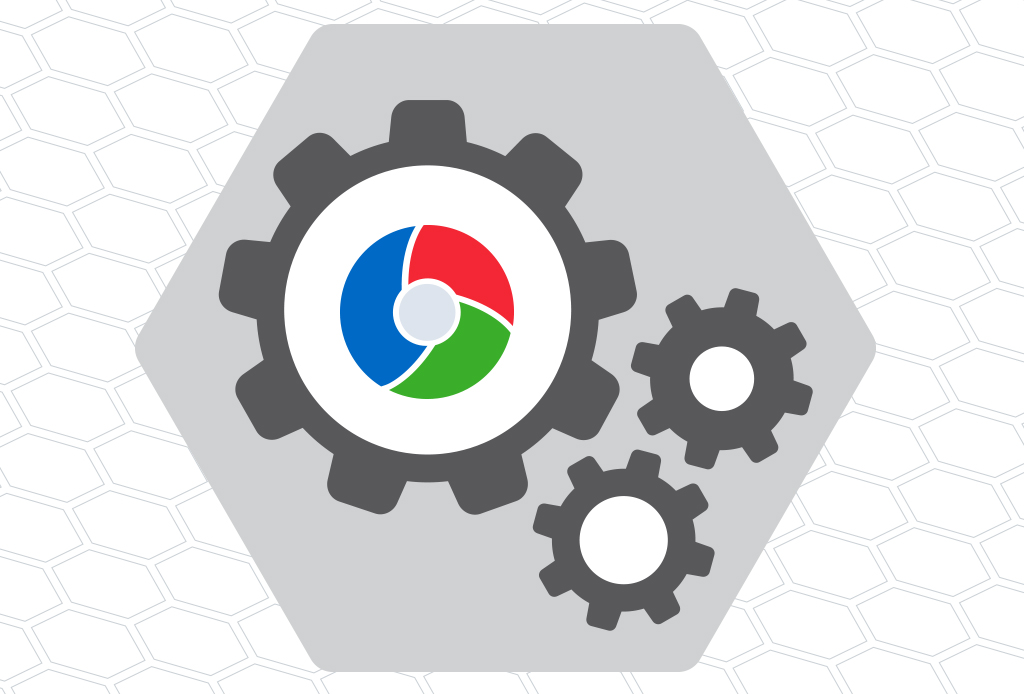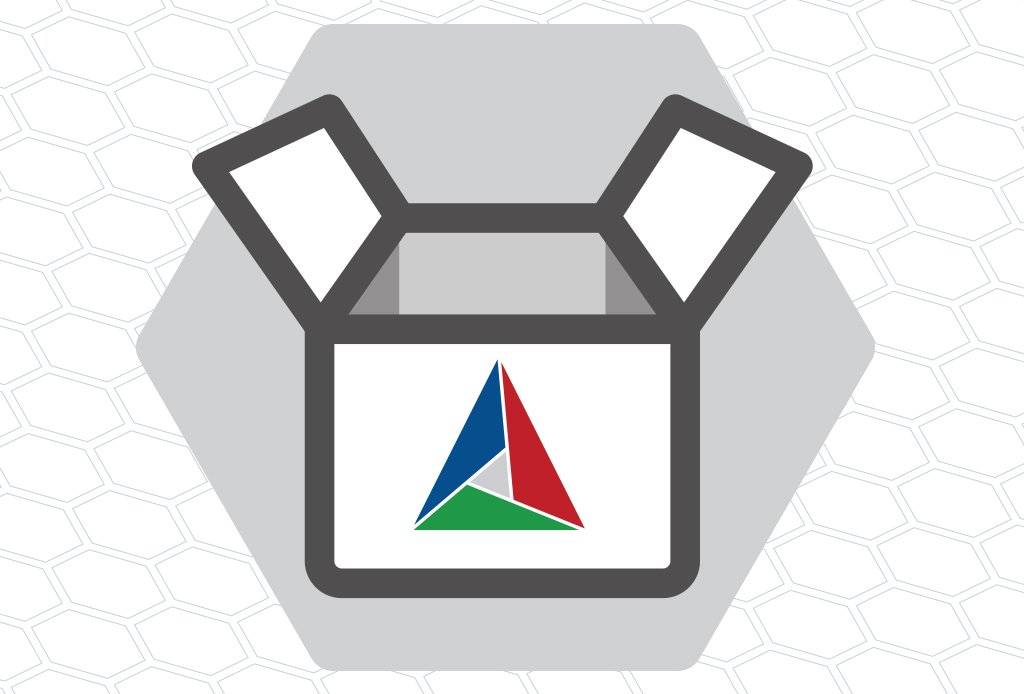Kitware is dedicated to upholding our open source philosophy That’s why we build solutions for our customers based on our well-established open source platforms. The following is a list of our major open source platforms.
Want to Work on Open Source Platforms?
Rows
3D Slicer
3D Slicer is an extensible application for visualization and medical image analysis that works with optical imaging, MRI, CT, and ultrasound data. 3D Slicer has research and commercial applications that includes preclinical animal studies, surgical planning and guidance, ultrasound image analysis, medical robot control, and population studies.
ADIOS
The Adaptable Input Output (I/O) System, is an open source library that provides scalable parallel I/O capabilities. ADIOS bindings are available in C++, C, Fortran, Python and can be used on supercomputers, personal computers, and cloud systems running on Linux, macOS and Windows. ADIOS is built on a simple self-describing data model that can be used to represent various types of scientific datasets.
CMake
CMake uses simple platform- and compiler-independent configuration files to control the software compilation process. It is a cross-platform build tool that generates native makefiles and workspaces that can be used in any compiler. CMake integrates with CDash to provide a comprehensive suite of tools. CDash is the testing server that aggregates, analyzes, and displays the results of software testing processes submitted from clients located around the world. Developers rely on CDash to convey the state of a software system and to continually improve its quality.
Computational Model Builder (CMB)
The Computational Model Builder (CMB) manages the resources required for simulation definition from start to finish. These include geometric models, simulation information, and meshes. It was designed to allow domain experts to build computational models without needing to be a computer science expert. While its plugin-based architecture supports tools and simulation codes, CMB remains a lightweight application that can be easily modified and scaled to meet the requirements of any simulation and workflow.
Explainable AI Toolkit (XAITK)
The Explainable AI Toolkit (XAITK) contains a variety of tools and resources to help users, developers, and researchers understand complex machine learning models. XAITK combines a searchable repository of independent contributions and a more integrated, common software framework. It is designed for anyone who wants to deploy AI capabilities in operational settings and needs to validate, characterize and trust AI performance across a wide range of real-world conditions and application areas. The toolkit was developed under the Defense Advanced Research Projects Agency (DARPA) Explainable Artificial Intelligence (XAI) program.
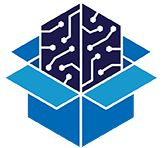
Girder
Girder is a standardized and opinionated open source web stack Kitware uses to build and deploy research and production applications. These systems enable scalable large file upload and download, data ingest and validation, scientific data modeling, asynchronous processing integration for scientific and AI workflows, complex annotation workflow interfaces, web-based scalable scientific and geospatial visualization, flexible metadata queries, and Python clients for use in scientific environments. Girder is built with modern software tools and practices to produce rock-solid server applications, low-cost continuous deployment, and beautiful and compelling web interfaces.
HistomicsTK
HistomicsTK is an enterprise solution for managing, visualizing, and analyzing digital pathology data. HistomicsTK supports a wide range of whole-slide imaging formats, and allows you to create and view millions of annotations. This scalable, web-based platform can be customized to provide an efficient digital pathology software solution that harnesses the power of AI and deep learning.
The Insight Toolkit (ITK)
The Insight Toolkit (ITK) has become part of the national infrastructure of medical research software. ITK is a library of segmentation and registration imaging algorithms tailored for medical investigations. The toolkit supports a variety of imaging data formats including Digital Imaging and Communications in Medicine (DICOM), MRI, CT, and ultrasound. In addition, ITK features an automated wrapping process to generate interfaces between its C++ and interpreted programming languages, such as Python and JavaScript, to enable developers to create software using a variety of programming languages. It has a flexible, modular structure that is easy to extend and integrate into various projects.
KWIVER
The Kitware Image and Video Exploitation and Retrieval (KWIVER) toolkit was designed to address challenging image and video analysis problems. KWIVER includes high-quality implementations of key computer vision, deep learning, and machine learning techniques that are targeted at real-world problems. It also includes software engineering libraries for multi-processing, pipeline-based computation, dependency management, and more.
LidarView
LidarView is a versatile, highly-customizable application that quickly processes live-captured 3D Lidar data and turns it into powerful visualizations in real-time. It features robust SLAM and customizable AI and machine learning algorithms, all with easy-to-use technology that quickly adapts to and supports one or multiple sensors.
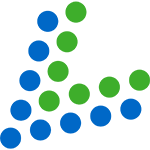
MONAI
The Medical Open Network for AI (MONAI) project is developing a collection of freely available, community supported, open source tools for deep learning in medical imaging. These tools are built upon MONAI Core, a PyTorch-based framework that provides a multitude of methods that have been optimized for a variety of medical imaging deep learning tasks (e.g., segmentation, registration, instrument tracking, and classification) and a variety of imaging devices (e.g., MRI, CT, ultrasound, pathology, and video endoscopy). Project MONAI also includes MONAI Label that helps researchers and clinicians use online learning methods to simultaneously annotate data and train AI models, and MONAI Deploy that simplifies the process of delivering trained AI models as scalable cloud services.
ParaView
ParaView builds interactive scientific visualizations to analyze data using qualitative and quantitative techniques. It has a client–server architecture to facilitate remote visualization of datasets and it generates level of detail (LOD) models to maintain interactive frame rates for large datasets. ParaView is designed for data parallelism on shared-memory or distributed-memory multicomputers and clusters. It can also be run as a single-computer application. ParaView is an application framework as well as a turnkey application. This framework allows for its components to be reused to quickly develop vertical applications that have specific functionality for a particular problem domain.
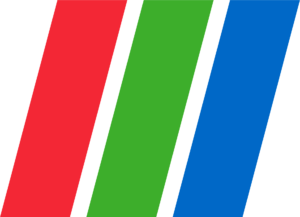
Pulse Physiology Engine
The Pulse Physiology Engine is a full-body virtual human simulator that aims to guide medical study. The platform includes an engine of well-validated physiological systems that come ready to use. Pulse also includes a common data model that standardizes ontology, data definitions, and interfaces to promote their synthesis with other systems.
TeleSculptor
TeleSculptor is a cross-platform desktop application for photogrammetry. It was designed specifically with a focus on aerial video processing leveraging video metadata standards for geolocation, but it can handle both images and video either with or without metadata. TeleSculptor uses structure-from-motion techniques to estimate camera parameters and a sparse set of 3D landmarks. TeleSculptor also estimates dense depth maps on key frames using multiview stereo techniques. It then fuses those depth maps into a consistent surface mesh, which can be colored from the source imagery. TeleSculptor’s flexible plugin architecture allows developers to reconfigure or swap out any algorithm in the pipeline for custom implementations. It is both an end-user application and a research platform.
Tomviz
Tomviz provides a complete solution for materials, from raw projection images to reconstructed electron tomography data, using a state-of-the-art graphical interface. It’s capable of rendering data as shaded contours or volumetric projections, in addition to slices, measurements, and other representations. Tomviz can use datasets, color maps, and other visualization settings in combination with tomographic reconstructions. It also offers alignment, image processing, reconstruction, multi-correlative statistics, filters, and user-customized Python scripts in a reproducible data processing pipeline.
trame
trame provides a simple, easy-to-use framework for creating visual analytics applications for Web, desktop, and Jupyter. With best-in-class VTK and ParaView platforms at its core, trame provides complete control of 3D visualizations and data processing.
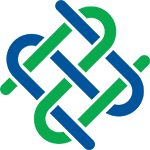
The Visualization Toolkit (VTK)
The Visualization Toolkit (VTK) transforms data into interactive graphical representations that can be used to understand, query, modify, and transform complex information. It supports numerous visualization algorithms and data representations including images, volumes, meshes, and composite datasets.
VTK-m
VTK-m is a toolkit of scientific visualization algorithms for emerging processor architectures. VTK-m supports the fine-grained concurrency for data analysis and visualization algorithms required to drive extreme scale computing. It provides abstract models for data and execution that can be applied to a variety of algorithms across many different processor architectures.
VIAME (Video and Image Analytics for Marine Environments)
VIAME (Video and Image Analytics for Marine Environments) is a do-it-yourself artificial intelligence platform. This evolving toolkit contains many workflows used to generate different object detectors, full-frame classifiers, image mosaics, rapid model generation, image and video search, and methods for stereo measurement. It contains many common algorithms and libraries, including marine species analytics, and is also useful as a generic computer vision library. VIAME is available as a desktop or a web application.
VolView
VolView is an open source radiological viewer developed for clinical professionals. Get a deeper visual understanding of your data with interactive, cinematic volume rendering and easily visualize your DICOM data in 3D. VolView runs in your browser, so you don’t need to install software and your data stays securely on your machine.
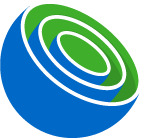
Need Assistance?
We are here to support you! If you have a technical question you need help with, you can visit the discourse forum for that particular platform. If you would like to learn more about using our established platforms or emerging platforms, let’s talk!
